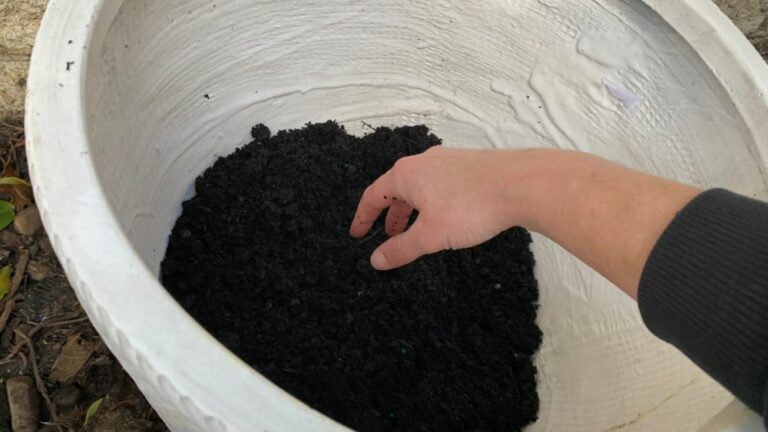When it comes to cultivating healthy plants, understanding the art of repotting is pivotal. One crucial aspect of this process is knowing when and how to water your plants after repotting to ensure optimal growth and recovery. In this article, we will explore strategies and tips for watering your plants post-repotting for the best results.
Repotting, while beneficial, can be a stressor for plants. The roots are often disturbed or damaged, and the transition to a new potting medium can be jarring. Thus, managing the moisture levels following repotting is essential to help plants regain equilibrium.
Factors Influencing Watering Practices
Before deciding on a watering schedule, it is vital to consider several factors that can influence when and how to water after repotting. These factors include plant type, potting medium, climate conditions, and root health.
Plant Type and Its Watering Needs
Not all plants have the same requirements for water. Succulents and cacti thrive in arid conditions and prefer drier soil, while ferns and tropical plants enjoy humidity and consistent moisture. Certain species may be significantly more sensitive to overwatering, especially right after being relocated to a new pot. Understanding the specific needs of your plant species will help guide your post-repotting watering schedule.
Potting Medium Considerations
The type of potting medium you choose significantly impacts water retention and drainage. Some blends retain moisture, while others allow quick drainage. If you use a heavy, moisture-retaining mixture, you may want to wait longer before reintroducing water. Conversely, a well-draining cactus mix may require you to water sooner to prevent the roots from desiccating
Climate and Environmental Conditions
Local climate plays a substantial role as well. Hot, dry conditions will necessitate increased watering, while humid or cooler climates may prolong the need to wait before watering again. Furthermore, whether your plant is placed indoors or outdoors also influences its water needs. It’s essential to monitor environmental factors like temperature and humidity regularly.
Assessing Root Health During the Transition
After repotting, the root system may be compromised, with some roots damaged or even severed. Healthy roots are critical for effective nutrient uptake and moisture absorption. Until you ascertain the health of the root system, you may want to err on the side of caution regarding your watering regime. Gentle stretching of the root system can reveal its condition, thus informing your watering schedule.
Timing Your First Watering After Repotting
The timing and technique of your first watering can significantly affect how well your plant adapts to its new pot. Here are guidelines to optimize this critical phase:
The Post-Repotting Wait
Most experts recommend waiting approximately one week to ten days after repotting before providing water, particularly for sensitive species and those with compromised roots. During this time, allow the soil to dry out slightly, mimicking the conditions they might experience in nature. This drying period encourages root growth and stabilizes the plant in its new environment.
A Delicate Approach
When you do water, take a gentle approach. Use a spray bottle or a watering can with a narrow spout to control the flow of water and prevent disturbing the soil structure. Aim to moisten the surface of the soil without drenching it, promoting healthy root development while minimizing the risk of rot.
The Potential Risks of Overwatering
Overwatering is one of the most common pitfalls following repotting. Excess moisture can lead to root rot, a condition where roots are deprived of oxygen and begin to decay. Early signs of overwatering include yellowing leaves, mushy roots, and an unpleasant odor emanating from the soil. It’s vital to be observant during this sensitive period and respond proactively to any warning signs.
Monitoring Soil Moisture
A moisture meter can be an invaluable tool for gauging when to water your newly repotted plants. Regularly check the soil moisture levels, and only water when they drop to an appropriate level for your specific type of plant. This method allows you to fine-tune your observations and adapt your watering schedule as needed.
Establishing a Long-Term Watering Strategy
Once the plants begin to acclimatize, it is critical to establish a sustainable watering routine to support growth. Continuous monitoring of the plant’s health will inform adjustments to your watering practices.
Signs of Stress: Knowing When to Adjust
Watch for signs of stress, such as wilting, yellowed leaves, or stunted growth, which may indicate that the watering schedule requires adjustment. Be attentive and responsive to your plants’ needs, adapting to the changes in the environmental factors that may affect moisture levels.
In conclusion, navigating the waters of post-repotting can be a delicate endeavor, but with attentive care and proper timing, plants can thrive in their new environment. By understanding the intricacies of plant types, potting mediums, environmental considerations, and signs of distress, you will be well-equipped to foster a flourishing indoor or outdoor garden. Patience, observation, and adaptability are your allies in ensuring that your repotted plants not only survive but ultimately thrive.





Leave a Comment